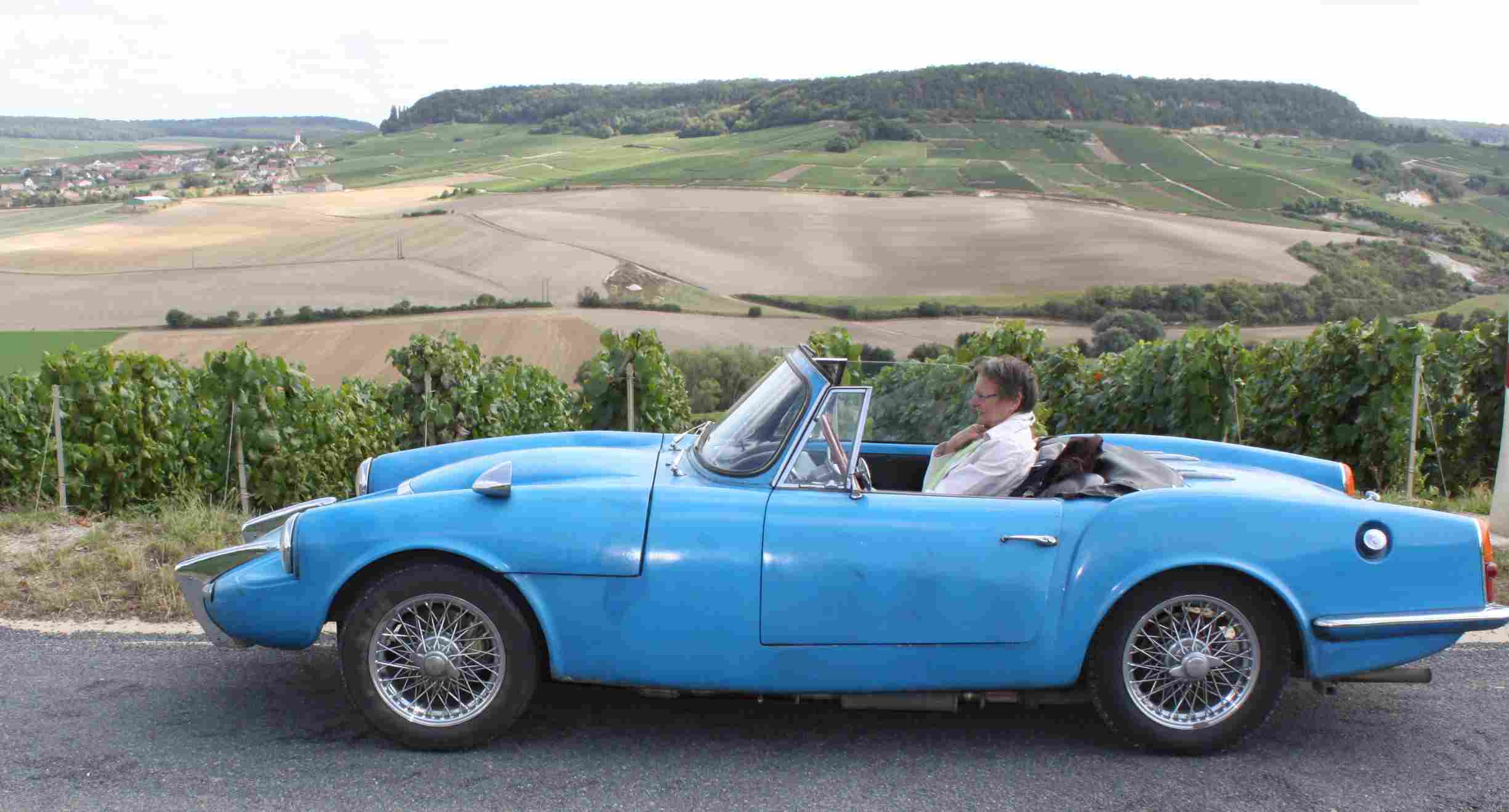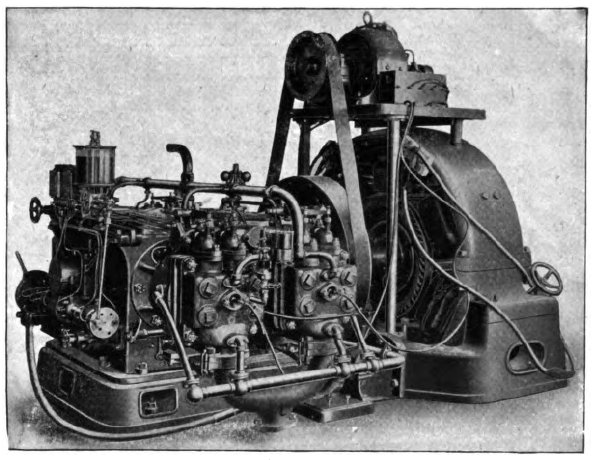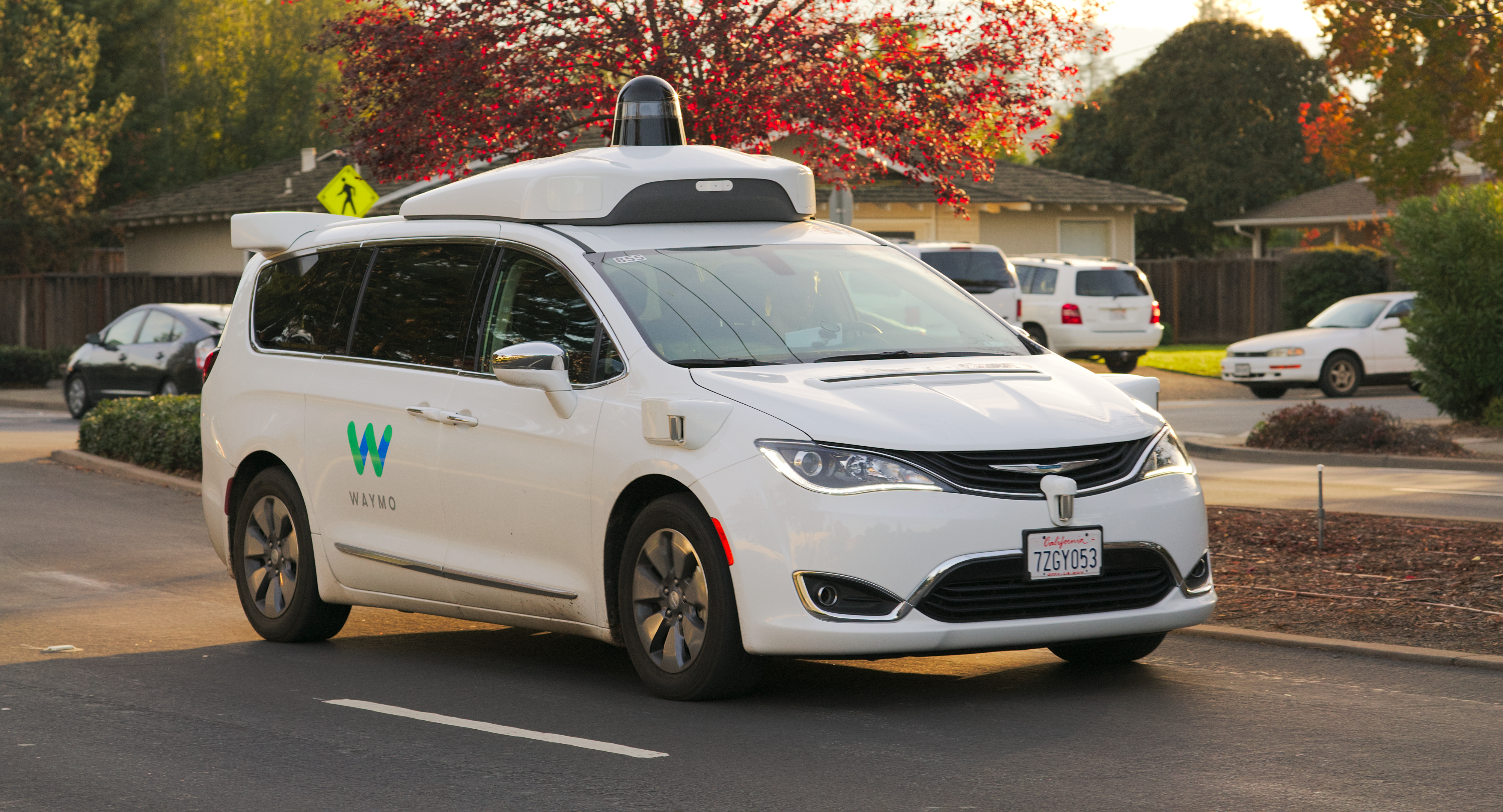|
Autocar (other) , propelled by a steam engine
*
{{disambiguation ...
Autocar may refer to: * ''Autocar'' (magazine), a weekly British automobile magazine * Autocar Company, an American specialist vehicle manufacturer * Autocars Co., an Israeli car manufacturer * Auster Autocar, a 1940s aircraft * 1903 Petrol Electric Autocar, aa railway vehicle See also * Automatic transmission, a multi-speed transmission used in motor vehicles * Coach (bus), a passenger-carrying vehicle * Electric vehicle, that uses one or more electric motors for propulsion * Otokar, a Turkish manufacturer of buses and military vehicles * Self-driving car, a car that is capable of traveling without human input * Steam car A steam car is a car (automobile) propelled by a steam engine. A steam engine is an external combustion engine (ECE) in which the fuel is combusted outside of the engine, unlike an internal combustion engine (ICE) in which fuel is combusted ins ... [...More Info...] [...Related Items...] OR: [Wikipedia] [Google] [Baidu] |
Autocar (magazine)
''Autocar'' (originally ''The Autocar'') is a weekly British automobile magazine published by the Haymarket Media Group. It was first published in 1895 and refers to itself as "the world's oldest car magazine". There are now several international editions, including for China, India, New Zealand, and South Africa. History The publication was launched as ''The Autocar'' by Iliffe and Son Ltd. "in the interests of the mechanically propelled road carriage" on 2 November 1895 when, it is believed, there were only six or seven cars in the United Kingdom. L. J. K. Setright suggests that the magazine was set up by Henry Sturmey as an organ of propaganda for Harry J. Lawson, founder of the Daimler Company and a journalist on the magazine in its early days. Henry Sturmey stood down as editor of ''The Autocar'' magazine and left the company in 1901. ''Autocar'' claims to have invented the road test in 1928 when it analysed the Austin 7 Gordon England Sunshine Saloon. '' ... [...More Info...] [...Related Items...] OR: [Wikipedia] [Google] [Baidu] |
Autocar Company
The Autocar Company is an American specialist manufacturer of severe-duty, Class 7 and Class 8 vocational trucks, with its headquarters in Birmingham, Alabama. Started in 1897 in Pittsburgh, Pennsylvania, as a manufacturer of Brass Era automobiles, and trucks from 1899, Autocar is the oldest surviving motor vehicle brand in the Western Hemisphere. Their last cars were produced in 1911; after that the company continued as a maker of severe-duty trucks. In 1953, Autocar was taken over by the White Motor Company, which made Autocar their top-of-the-line brand. White was taken over in turn by Volvo Trucks in 1981 with Autocar continuing as a division. In 2001, Autocar was acquired by GVW Group, LLC, which revived Autocar as an independent company. Autocar now builds four models of custom-engineered heavy-duty trucks and has regained leading positions in several vocational segments. History The company was called the ''Pittsburgh Motor Vehicle Company'' when started in Pittsb ... [...More Info...] [...Related Items...] OR: [Wikipedia] [Google] [Baidu] |
Autocars Co
Autocars Co. Ltd. ( he, אוטוקרס) of Haifa, Israel, was Israel's first car manufacturer. History Autocars Ltd, founded in 1957, made fiberglass-shelled cars that were popular in Israel during the 1960s and 1970s. Government agencies were forced to buy them. This released onto the market thousands of low-priced second hand vehicles. Although their style and finish left something to be desired, Autocar's use of Ford and Triumph engines made them reliable cars which kept their value for years. The manufacturing of these cars ceased during the 1980s, and Israel's only remaining car making company today is AIL. Autocars manufactured its own car models under the Sabra (Hebrew: צברה) brand. The line included a station wagon, pick-up and the Sabra Sport, a sport car derived from Reliant. From 1960, the sport model was produced under the Sabra brand, and the station wagon, sedan and pick-up models were produced under the Sussita brand name (''Sussita'' (סוסיתא), '' ... [...More Info...] [...Related Items...] OR: [Wikipedia] [Google] [Baidu] |
Auster Autocar
The Auster J/5 Autocar was a late 1940s British single-engined four-seat high-wing touring monoplane built by Auster Aircraft Limited at Rearsby, Leicestershire. Design and production The company recognised a need for a four-seat touring aircraft to complement the three-seat Auster J/1 Autocrat. The J/5 Autocar looked similar to the Autocrat, but was a new model featuring wing-root fuel tanks and an enlarged cabin. The designation of J/5 for the Autocar followed on from its progenitor, the wartime Model J, which was designated the Auster AOP.V by the Royal Air Force. Postwar models derived from the Model J commenced with the J/1 Autocrat - note the use of J/1, not J-1. The prototype Autocar ''G-AJYK'', a model J/5B, first flew in August 1949 and was exhibited at the Farnborough Air Show in September.Jackson 1973 p. 75 A demand for a more powerful version for the tropics produced in 1950 the J/5E powered by a 155 hp (116 kW) Blackburn Cirrus Major engine. This was f ... [...More Info...] [...Related Items...] OR: [Wikipedia] [Google] [Baidu] |
1903 Petrol Electric Autocar
The 1903 Petrol Electric Autocars were built by the North Eastern Railway in 1903 at their carriage works in York. These were powered by petrol engines which generated electricity for two traction motors which were mounted on the bogie underneath. This means of powering a railway vehicle was pioneering and would eventually be developed into the diesel-electric technology that powered and powers many locomotives worldwide. The railcars were numbered 3170 and 3171 and were long and weighed around . The engine was mounted in an engine compartment long. The rest of the vehicles' length was taken up by a vestibule, driving compartment and a 52-seat passenger compartment. Powertrain Various petrol engines were used, an 85 hp Napier engine was the first to be installed, but these were found to be unsatisfactory, so were replaced in 1904 by Wolseley engines. These flat-four engines produced 92 bhp at their normal rated speed of 400 rpm, and well over 100 bhp when ... [...More Info...] [...Related Items...] OR: [Wikipedia] [Google] [Baidu] |
Automatic Transmission
An automatic transmission (sometimes abbreviated to auto or AT) is a multi-speed transmission used in internal combustion engine-based motor vehicles that does not require any input from the driver to change forward gears under normal driving conditions. It typically includes a transmission, axle, and differential in one integrated assembly, thus technically becoming a transaxle. The most common type of automatic transmission is the hydraulic automatic, which uses a planetary gearset, hydraulic controls, and a torque converter. Other types of automatic transmissions include continuously variable transmissions (CVT), automated manual transmissions (AMT), and dual-clutch transmissions (DCT). An electronic automatic transmission (EAT) may also be called an electronically controlled transmission (ECT), or electronic automatic transaxle (EATX). A hydraulic automatic transmission may also colloquially called a " slushbox" or simply a "torque converter", although the latter ... [...More Info...] [...Related Items...] OR: [Wikipedia] [Google] [Baidu] |
Coach (bus)
A coach (or coach bus/motorcoach) is a type of bus built for longer-distance service, in contrast to transit buses that are typically used within a single metropolitan region. Often used for touring, intercity, and international bus service, coaches are also used for private charter for various purposes. Coaches are also related and fall under a specific category/type of RVs. Deriving the name from horse-drawn carriages and stagecoaches that carried passengers, luggage, and mail, modern motor coaches are almost always high-floor buses, with separate luggage hold mounted below the passenger compartment. In contrast to transit buses, motor coaches typically feature forward-facing seating, with no provision for standing. Other accommodations may include onboard restrooms, televisions, and overhead luggage space. History Background Horse-drawn chariots and carriages ("coaches") were used by the wealthy and powerful where the roads were of a high enough standard from po ... [...More Info...] [...Related Items...] OR: [Wikipedia] [Google] [Baidu] |
Electric Vehicle
An electric vehicle (EV) is a vehicle that uses one or more electric motors for propulsion. It can be powered by a collector system, with electricity from extravehicular sources, or it can be powered autonomously by a battery (sometimes charged by solar panels, or by converting fuel to electricity using fuel cells or a generator). EVs include, but are not limited to, road and rail vehicles, surface and underwater vessels, electric aircraft and electric spacecraft. For road vehicles, together with other emerging automotive technologies such as autonomous driving, connected vehicles and shared mobility, EVs form a future mobility vision called Connected, Autonomous, Shared and Electric (CASE) Mobility. EVs first came into existence in the late 19th century, when electricity was among the preferred methods for motor vehicle propulsion, providing a level of comfort and ease of operation that could not be achieved by the gasoline cars of the time. Internal combustion en ... [...More Info...] [...Related Items...] OR: [Wikipedia] [Google] [Baidu] |
Otokar
Otokar Otomotiv ve Savunma Sanayi A.Ş., also known simply as Otokar, is a Turkish bus and military vehicle manufacturer headquartered in Sakarya, Turkey. Otokar is a subsidiary of Koç Holding. History Otokar was founded in 1963 as Turkey's first bus manufacturing company under the license of Magirus-Deutz. The company was noted for manufacturing the most modern buses and modern intercity vehicles for that period. In the early 1980s, Otokar started production of Deutz-powered vehicles with local components. During this period, Turkey's largest conglomerate, Koç Holding, purchased major share of Otokar. Within its public transportation strategies in the early 1980s, the company added intercity bus to its lineup. In the mid-1980s, Otokar manufactured the first Turkish armoured vehicle as an armoured car by acquiring the manufacturing license of Jaguar Land Rover. In 1987, the Turkish Armed Forces ordered Otokar to manufacture military Land Rover Defender in Turkey in coo ... [...More Info...] [...Related Items...] OR: [Wikipedia] [Google] [Baidu] |
Self-driving Car
A self-driving car, also known as an autonomous car, driver-less car, or robotic car (robo-car), is a car that is capable of traveling without human input.Xie, S.; Hu, J.; Bhowmick, P.; Ding, Z.; Arvin, F.,Distributed Motion Planning for Safe Autonomous Vehicle Overtaking via Artificial Potential Field IEEE Transactions on Intelligent Transportation Systems, 2022. Self-driving cars use sensors to perceive their surroundings, such as optical and thermographic cameras, radar, lidar, ultrasound/sonar, GPS, odometry and inertial measurement units. Control systems interpret sensory information to create a three-dimensional model of the surroundings. Based on the model, the car identifies appropriate navigation paths, and strategies for managing traffic controls (stop signs, etc.) and obstacles.Hu, J.; Bhowmick, P.; Jang, I.; Arvin, F.; Lanzon, A.,A Decentralized Cluster Formation Containment Framework for Multirobot Systems IEEE Transactions on Robotics, 2021. Once the tech ... [...More Info...] [...Related Items...] OR: [Wikipedia] [Google] [Baidu] |



_BAN_04.10.70_edited-2.jpg)




